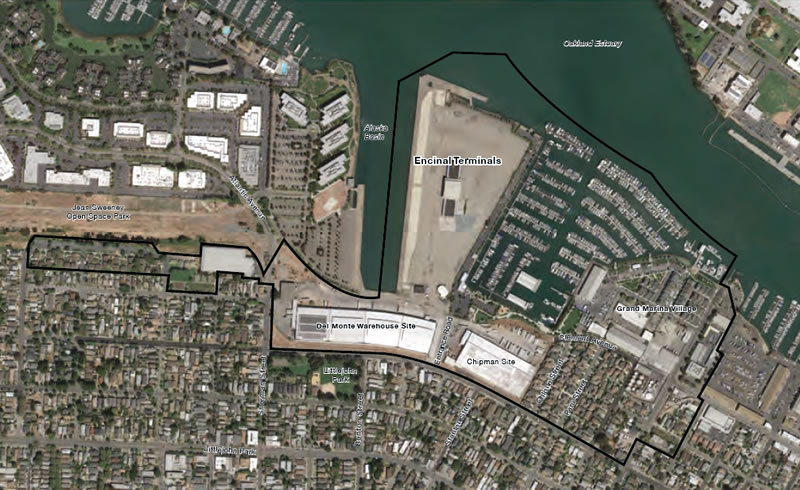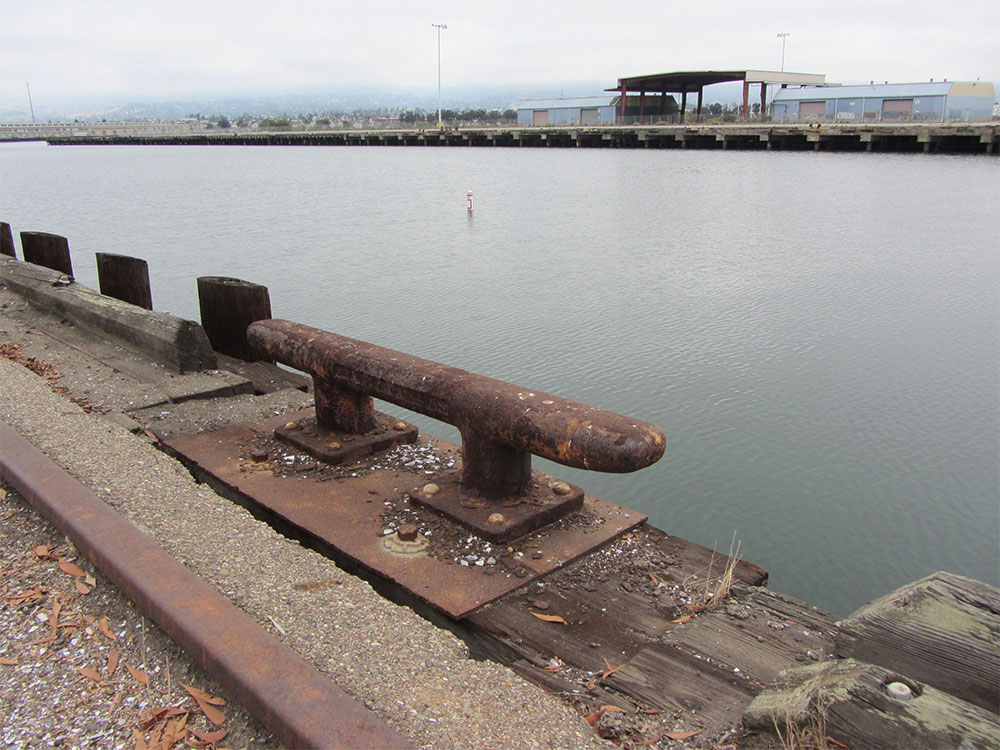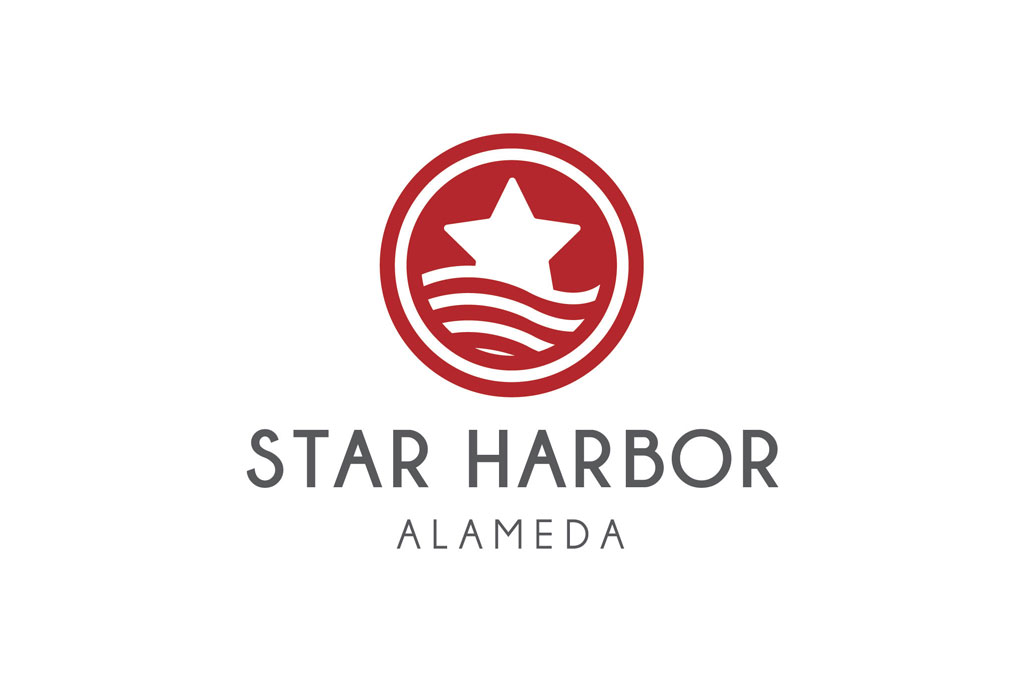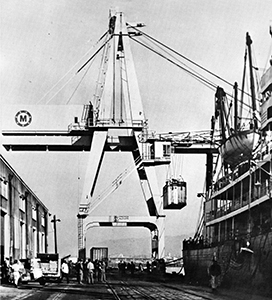By Peter Hegarty
phegarty@bayareanewsgroup.com
ALAMEDA — A plan to build housing in the landmark Del Monte warehouse on Buena Vista Avenue will go forward after the City Council opted unanimously Tuesday not to rescind a decision that greenlighted the project.
Mayor Trish Spencer placed the proposal to rescind the master plan and development agreement that developer Tim Lewis Communities had secured with the city last month on the agenda, saying she wanted an opportunity for herself and the two council members who were elected in November to weigh in on the issue.
But on Tuesday most of the approximately 50 public speakers urged the council to allow the developer’s plan to go ahead, including some who said reversing the Dec. 16 decision could discourage future investment in the city.
Among those calling for the decision to stand was Councilman Tony Daysog, who voted against approving the ordinances last month, when he said more study was needed on the potential traffic generated by the project.
A repeal could expose the city to costly litigation, Daysog said, and that negotiating for less housing at the site or securing other possible benefits was not worth the risk to the city’s finances.
He was echoed by Council members Jim Oddie and Marilyn Ezzy Ashcraft, who noted that the developer has pledged $2 million toward the Jean Sweeney Open Space Park and $5 million for other city parks.
“Stop and think about what we would be leaving on the table and what we would lose if we rescind this deal and not go forward,” Ashcraft said.
Along with opting not to reverse the December decision, the council supported Vice Mayor Frank Matarrese’s call for city officials to prepare a report for a moratorium on “density bonuses,” which allow developers to build additional housing units in exchange for also building more affordable units or providing public amenities.
The issue was not fully addressed before the Del Monte project was approved, Matarrese said.
He also said the project should have been reviewed within the context of the overall redevelopment of the city’s northern waterfront.
As with Spencer, Matarrese and Oddie were elected in November.
Tim Lewis Communities plans to build up to 414 apartments, lofts and townhouses and at least 30,000 square feet of commercial and retail space on the Del Monte site. It includes two vacant lots between the 240,000-square-foot warehouse and Sherman Street.
The Roseville-based developer will put 308 of the housing units within the approximately 5-acre building and provide 415 parking spaces for the residents. Clement Avenue will be extended as part of the project.
The red brick exterior of the building, one of the city’s 30 designated landmarks, will be maintained under the plan, while a new walkway will be cut through it to allow public access to the Oakland-Alameda Estuary. The project also will include changes to some nearby streets to make them more bike- and pedestrian-friendly.
Built in 1927 for California Packing, the Del Monte warehouse stretches 1,000 feet long. A business now rents part of the warehouse as a distribution facility.
While most public speakers urged the council to go forward with the project, others backed repealing the ordinances, saying the project needed more scrutiny and that it was wrong for the previous council to approve it just before leaving office.
Mike Henneberry, president of the Planning Board, said last month’s approval followed a string of public hearings and that the process was “lengthy, sound and fully transparent.”
Those calling for a repeal simply opposed development in the city, Henneberry said.
“It’s about politics and not about the process,” he said.
Community activist Jon Spangler said other proposals to redevelop the Del Monte warehouse stalled and never even came before the council.
“I am glad to see something finally getting done with that derelict property, and I don’t mean as a warehouse for a big box retailer,” Spangler said.
Reach Peter Hegarty at 510-748-1654 or follow him on Twitter.com/Peter_Hegarty.





